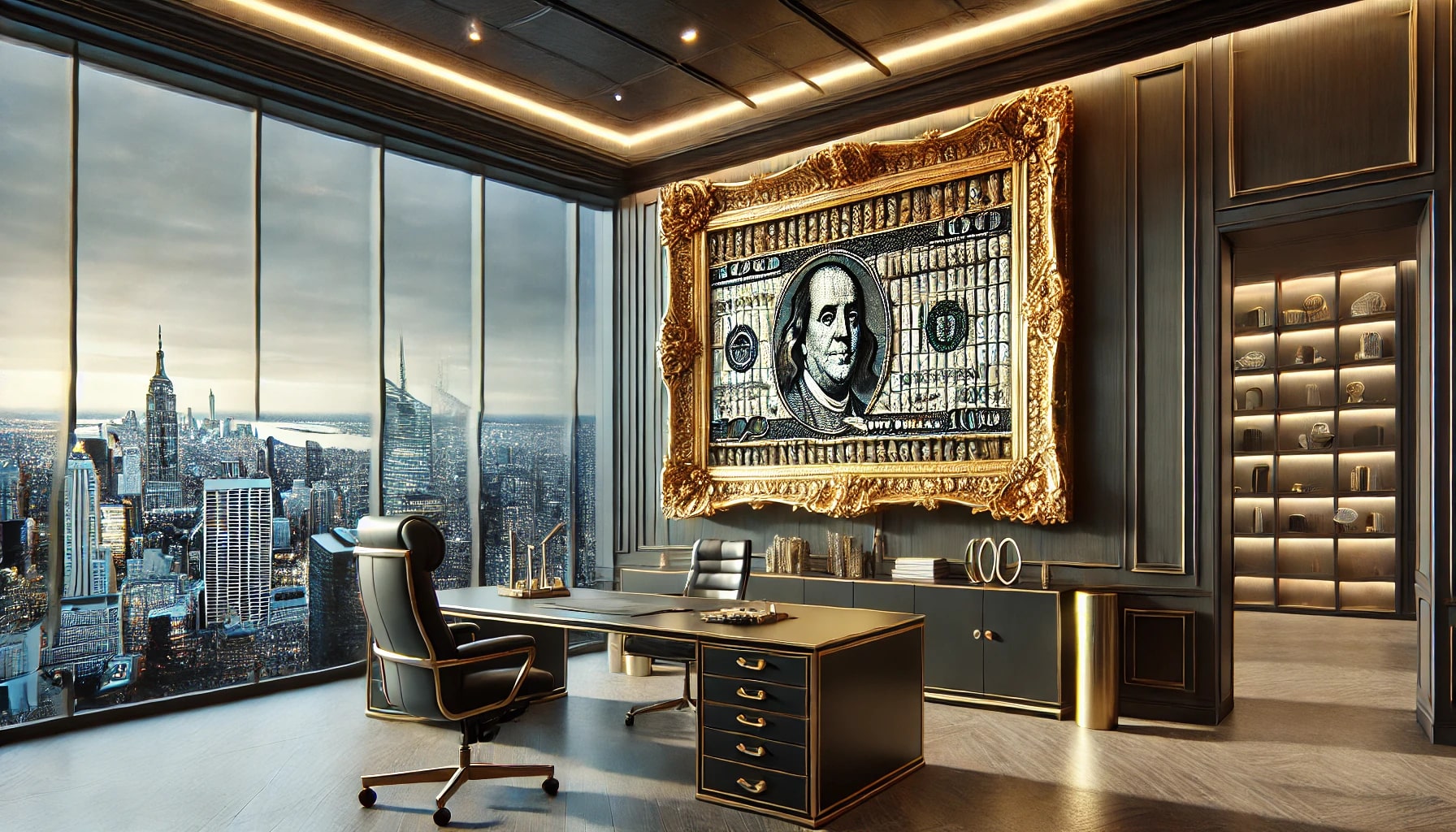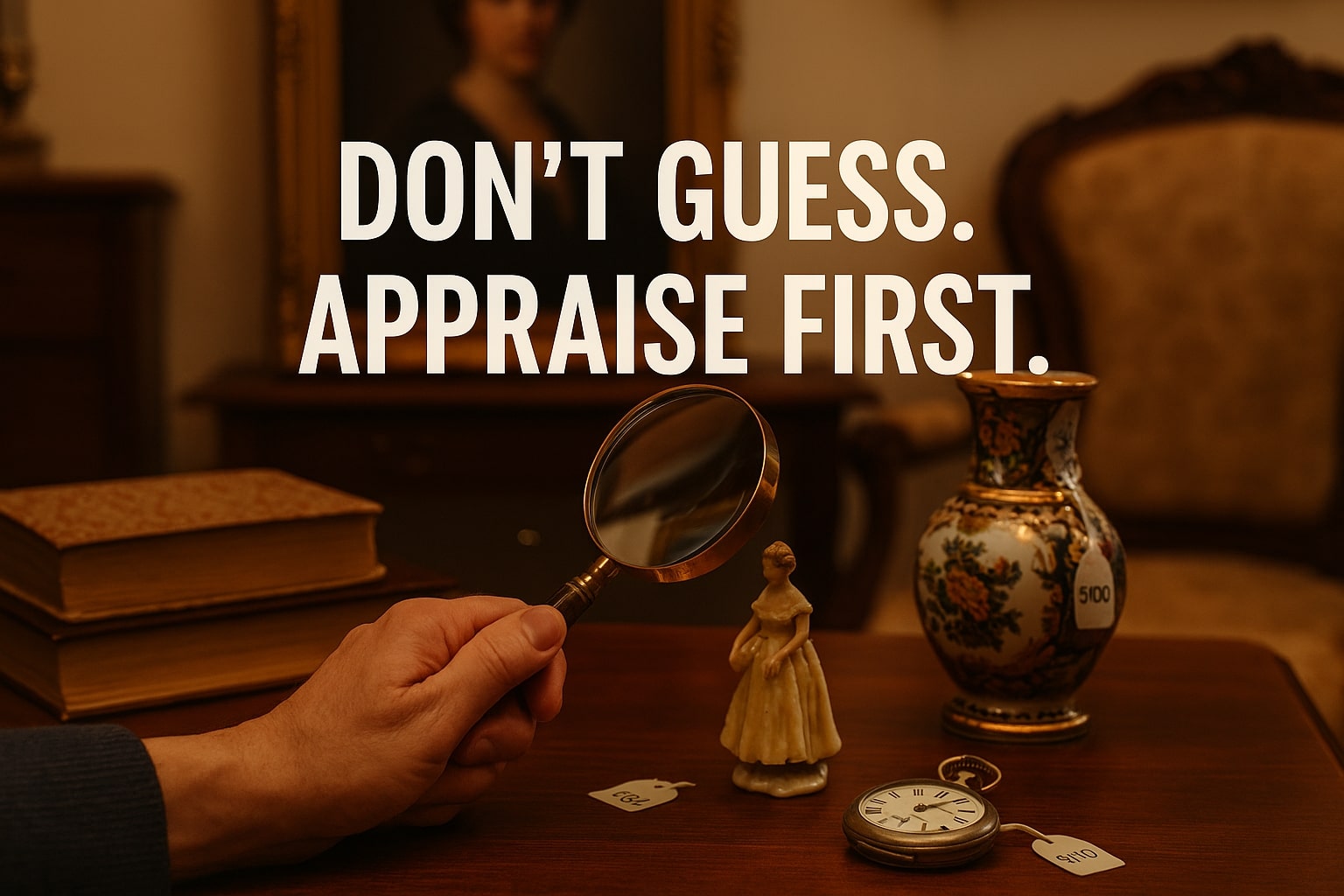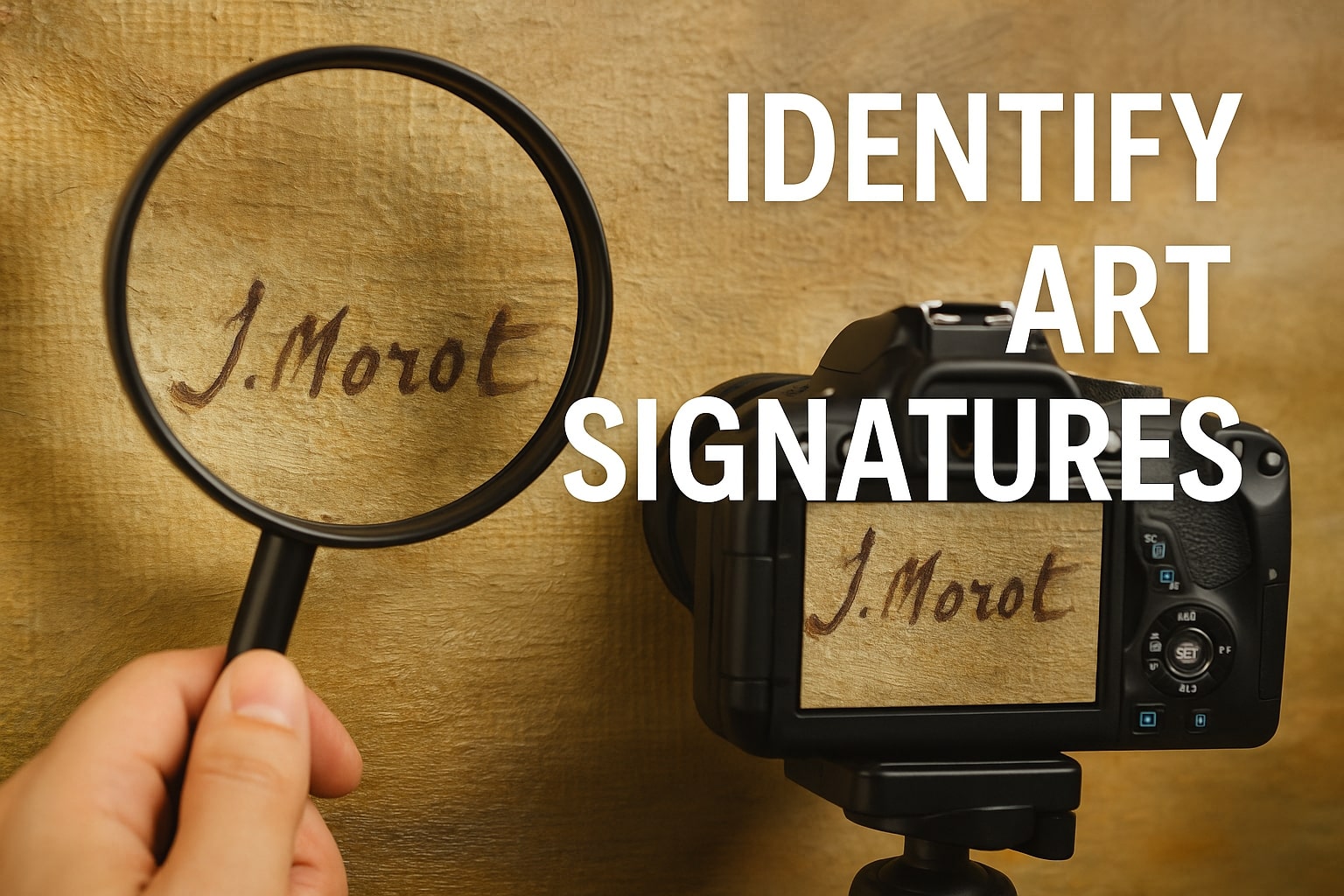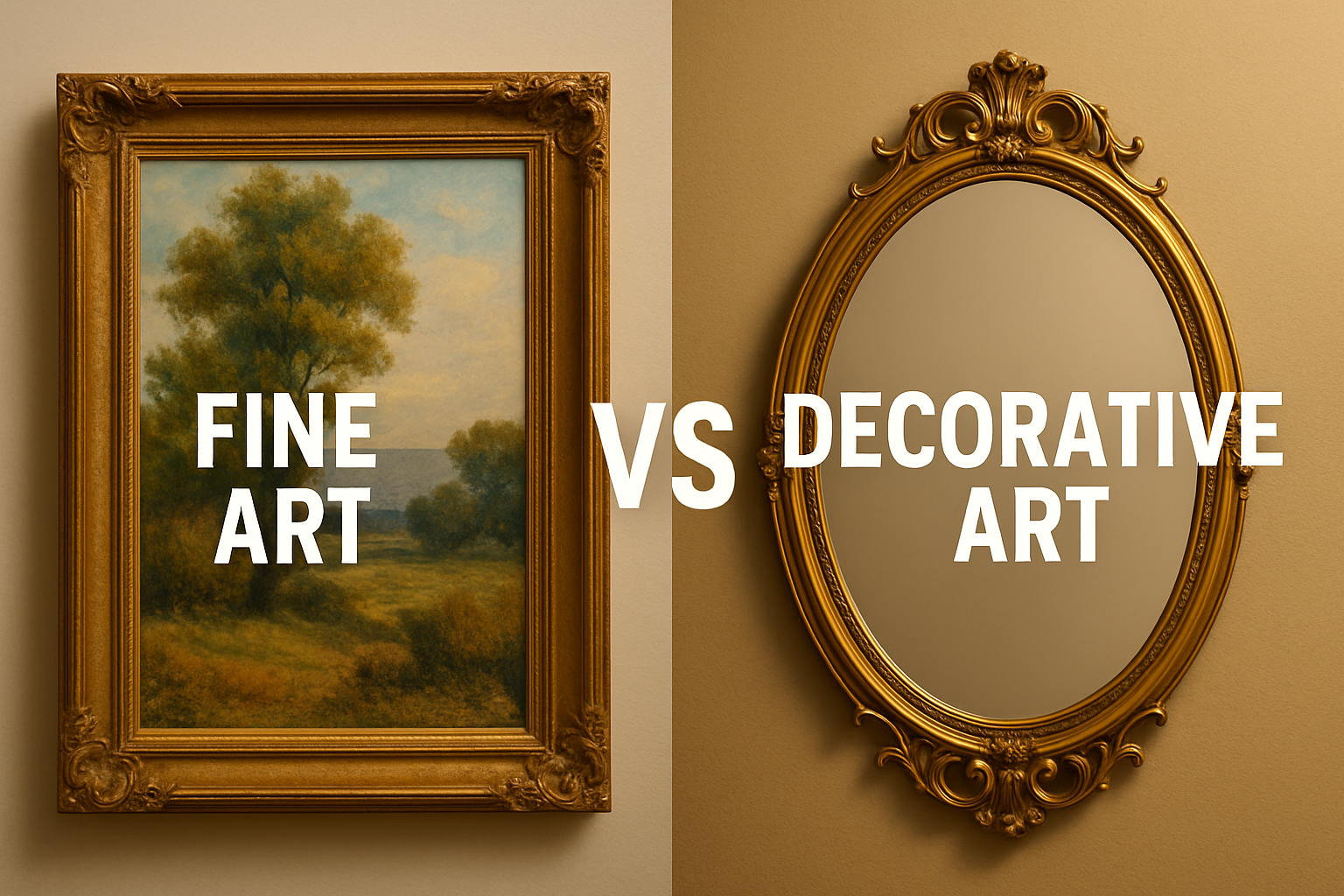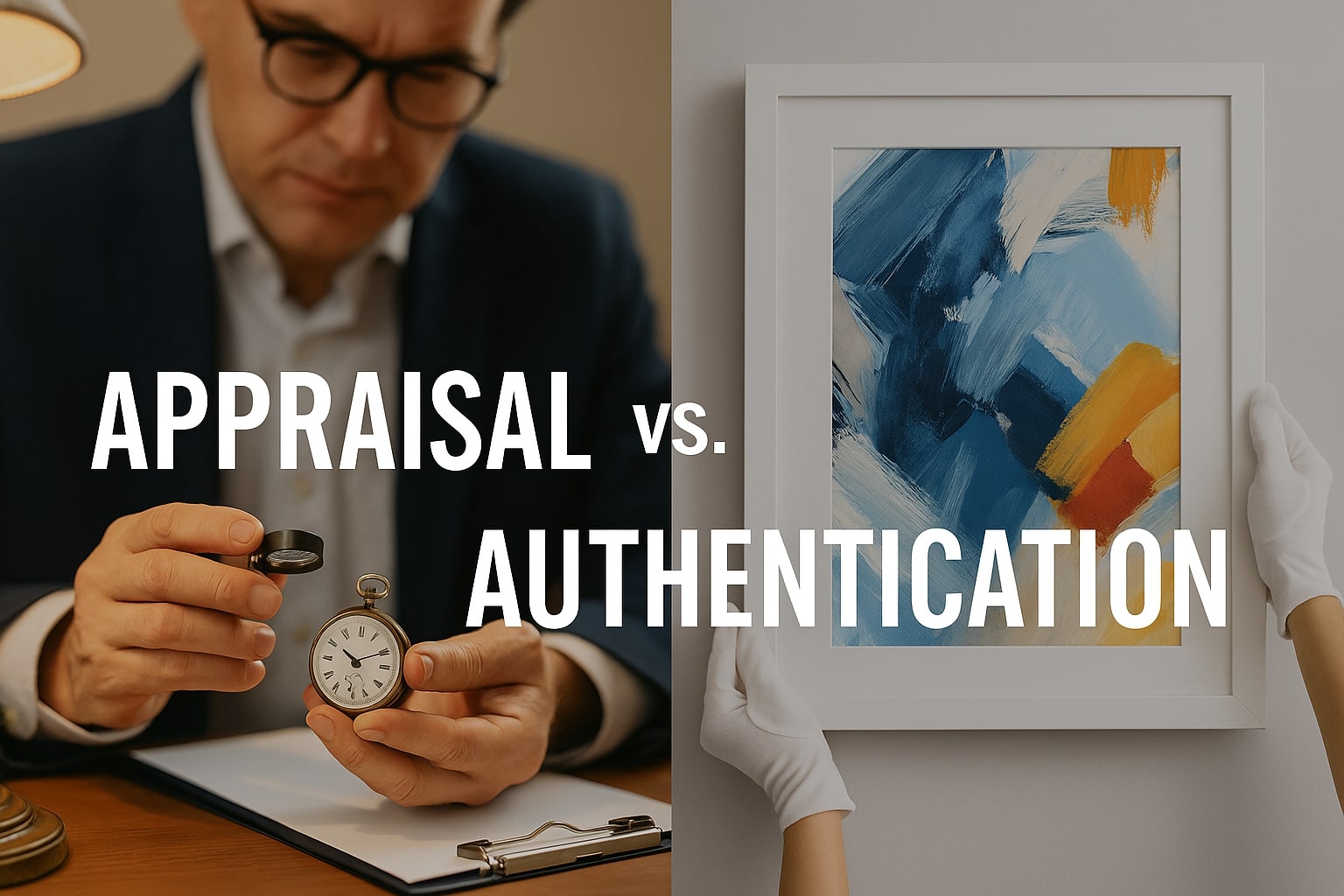Driving Factors Behind Private Equity’s Shift to Art Investments
Private equity firms are increasingly turning their attention to art investments, driven by several compelling market dynamics.
Recent data from Art Basel and UBS’s Global Art Market Report shows the art market reached $67.8 billion in 2023. Marking a significant opportunity for institutional investors seeking portfolio diversification.
This shift reflects private equity’s search for uncorrelated assets that can provide stable returns during market volatility. Major private equity players have started dedicated art investment funds, with firms like Carlyle Group and KKR exploring art-focused investment vehicles. Signaling a broader industry recognition of art’s potential as an investment avenue.
The transformation of art into a legitimate investment class has been supported by technological advancements and market infrastructure development. Digital platforms have improved market transparency, while blockchain technology has enhanced provenance tracking and ownership verification.
Research from Deloitte’s Art & Finance Report indicates that 88% of wealth managers believe art should be included in wealth management offerings. Highlighting the growing institutional acceptance of art as an investment vehicle.
Private equity firms are particularly drawn to the art market’s potential for value creation through active management, including strategies such as collection curation, exhibition lending, and digital monetization opportunities.
Evaluating Art as an Alternative Asset Class
Art’s position as an alternative asset class presents unique characteristics that distinguish it from traditional investment vehicles.
Market analysis from Knight Frank’s Wealth Report reveals that fine art has outperformed several conventional asset classes, delivering an average annual return of 13.8% over the past decade.
This performance metric stands out particularly during periods of economic uncertainty, where art’s value often remains resilient due to its status as a store of wealth and its appeal to high-net-worth individuals.
The tangible nature of art investments, combined with their potential for cultural and historical significance, creates a dual value proposition that attracts private equity firms seeking both financial returns and portfolio diversification.
Research from Morgan Stanley’s Alternative Investment Group demonstrates that art investments exhibit low correlation with traditional market movements, making them valuable for portfolio optimization.
Studies show that art price fluctuations often move independently of stock market volatility, providing a hedge against market downturns.
Private equity firms analyze art’s risk-adjusted returns, liquidity profiles, and market accessibility when comparing it to other alternative investments such as real estate, private credit, or hedge funds.
The art market’s increasing institutionalization, marked by improved data analytics and market intelligence tools, has made it easier for investors to evaluate art’s performance metrics and make informed investment decisions based on historical trends and market indicators.
Valuation Techniques and Due Diligence Processes in Art Investments
The valuation of art investments demands sophisticated techniques and rigorous due diligence processes that merge traditional financial analysis with art-specific expertise.
Professional art appraisers employ multiple methodologies, including comparative market analysis, provenance research, and condition assessment, while factoring in elements such as artist reputation, historical significance, and market demand.
Research from Deloitte’s Art & Finance Report indicates that private equity firms increasingly rely on data-driven valuation tools, incorporating auction results databases, price indices, and market analytics platforms to establish objective value parameters.
These quantitative approaches complement qualitative assessments from art experts, creating a comprehensive framework for determining fair market value.
The due diligence process in art investments extends beyond financial metrics to encompass authentication, ownership history, and legal compliance verification. Private equity firms conduct extensive background checks on artwork, including scientific analysis of materials, detailed documentation review, and consultation with recognized experts in specific artistic periods or movements. Market data shows that thorough due diligence can significantly impact investment outcomes, with properly authenticated works maintaining stronger value retention rates.
This multi-layered approach to valuation and verification helps private equity firms minimize investment risks while identifying opportunities for value appreciation in the art market.
Navigating Market Trends and Risk Management in the Art Sector
The global art market exhibits dynamic trends that require sophisticated risk management strategies for successful investment outcomes.
Recent market data reveals significant shifts in collector preferences, price volatility across different art segments, and changing transaction patterns influenced by digital platforms and global economic conditions.
Private equity firms analyze these trends through advanced market intelligence tools, tracking factors such as sales volumes, price movements, and sector-specific performance metrics.
Research from Art Basel and UBS Global Art Market Report highlights how market participants who implement structured risk assessment frameworks show better portfolio performance and reduced exposure to market downturns.
Risk management in the art sector involves a multi-faceted approach encompassing market risk, operational risk, and counterparty risk considerations. Private equity firms implement specialized insurance coverage, secure storage solutions, and transportation protocols to protect their art investments.
Market analysis shows that successful art investment strategies often include portfolio diversification across different artists, periods, and mediums to mitigate concentration risk.
Studies from major art market databases demonstrate that systematic risk management practices, including regular portfolio revaluation and market monitoring, help investors maintain stable returns during periods of market uncertainty.
Legal, Tax, and Legacy Planning in Art Investments
Private equity firms investing in art must navigate complex legal frameworks, tax regulations, and legacy planning considerations. Legal experts specializing in art transactions emphasize the need for thorough documentation of provenance, clear title verification, and compliance with international art trade regulations.
Research from leading law firms indicates that successful art investments require structured approaches to intellectual property rights, export licenses, and authenticity guarantees.
Private equity firms often establish dedicated legal teams or partner with specialized art law practices to manage these intricate legal requirements while protecting their investments through comprehensive contractual arrangements.
Tax planning plays a central role in art investment strategy, with implications spanning acquisition, holding periods, and eventual disposition of artworks.
Studies from tax advisory firms show that understanding jurisdiction-specific tax treatments, including capital gains considerations, import duties, and potential tax advantages through art-lending structures, can significantly impact investment returns.
Private equity firms implement sophisticated tax planning strategies, such as charitable giving programs, art foundations, and strategic timing of sales, to optimize their tax positions.
Research demonstrates that proper tax structuring, combined with expert guidance on estate planning and wealth transfer mechanisms, helps investors preserve and transfer art assets efficiently across generations.
Conclusion
The art market has emerged as a compelling frontier for private equity investment, driven by its robust market value of $67.8 billion in 2023 and demonstrated potential for stable returns during market volatility.
Throughout this analysis, we’ve explored how private equity firms are leveraging sophisticated valuation techniques, implementing comprehensive risk management strategies, and navigating complex legal and tax frameworks to capitalize on art investments.
The transformation of art into a legitimate investment class, supported by technological advancements and improved market infrastructure, has created new opportunities for portfolio diversification and value creation.
The sector’s unique characteristics, including its low correlation with traditional markets and potential for significant returns, make it an increasingly attractive option for institutional investors.

